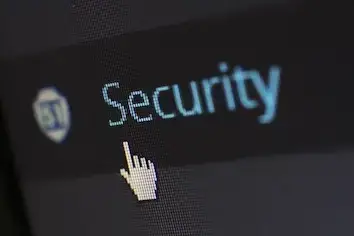What is IT Security?
IT Security incorporates physical security, information security and cyber security, keeping people and infrastructure safe, including buildings, server rooms, hard files such as paper files, back-ups, monitoring and access control.
Part of making sure that your IT infrastructure is secure is keeping on top of Patching, Firewall and Anti-Virus updates and configurations, software updates, managing who has access to your information/data and managing the levels of access across the business. Back-ups, Disaster Recovery and Business Continuity, Network Management and Secure VPN (Virtual Private Network) access. These are some of the basic IT Security protocols and processes that should be completed and managed.
IT Security and demands on infrastructure and network
The demands on our infrastructure and network has increased exponentially over recent years, having access to the Internet, our files, CRM systems, websites, email and all the applications we use on a daily basis is imperative not only to our work life but our personal lives too. All too often the lines between business and personal blur. We use our work devices for personal use and our personal devices for work, IT Security gets more demanding.
On top of all this attacks and breaches are coming from all directions, not just from external sources but also internal whether this is malicious or intentional or whether it is carried out by an employee downloading a link from an email or source unknowingly, due to lack of training or understanding of potential threats.
Not all threats and attacks are made for monetary aim some are simply to cause as much disruption to an organisation as possible. Cyber terrorism; using Information Technology by terrorist groups for political or ideological agendas. Cyber warfare when nation states use Information Technology to cause damage or to gain access to sensitive information.
These may seem like far-fetched possibilities if you are a small business, but threat actors are always looking for the weakest links, those businesses or individuals that have little or no security in place, but who are you connected to? Do you work for other larger enterprises? Do you have contacts in your database that they can send phishing emails to, posing as you? The list goes on.
Managing your risks and completing your due diligence can reap rewards, if you are looking for contracts with larger organisations they will want to ensure that you have the right security solutions and policies in place. Even completing the Cyber Essentials certification is a step in the right direction and will help in understanding some of your risks and reducing the possibility of your business becoming another statistic.


